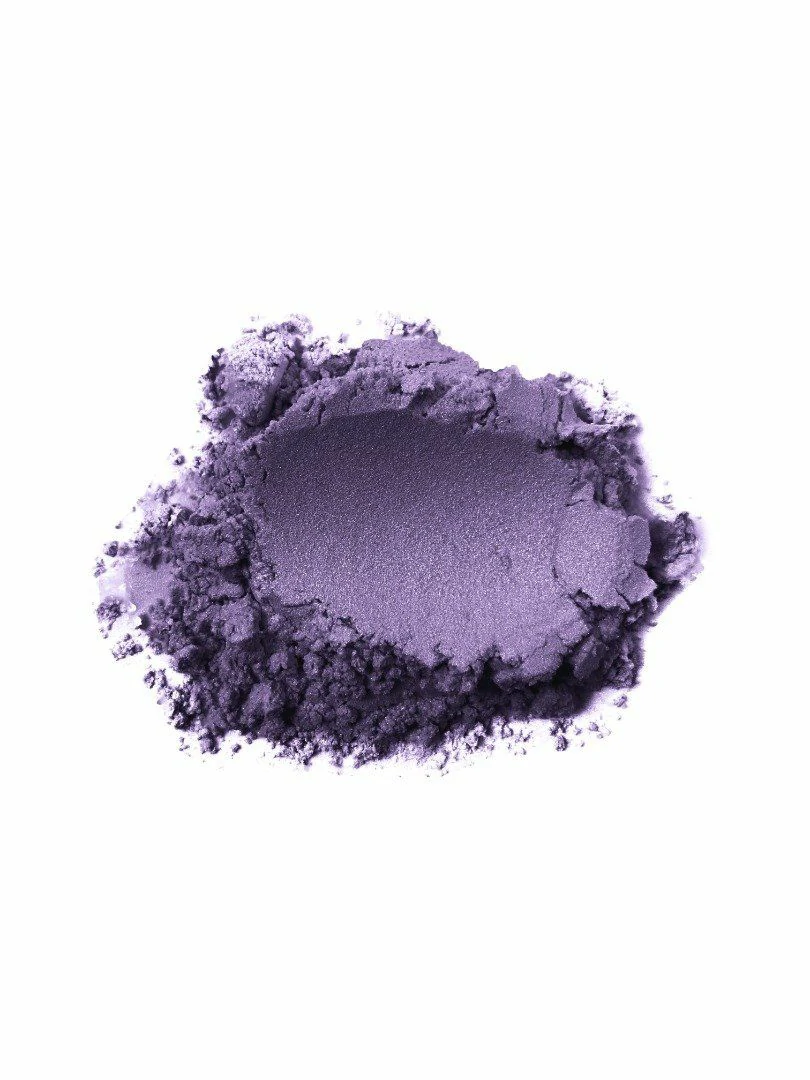Nano Titanium Oxide: Photocatalytic Properties and Applications
Titanium dioxide (TiO2) is a widely researched photocatalyst due to its unique properties and various applications. Among its many forms, nano titanium oxide has garnered significant attention in recent years. Its photocatalytic properties make it a suitable candidate for environmental remediation, energy production, and various industrial applications.
The photocatalytic process involves the acceleration of a photoreaction in the presence of a catalyst. When exposed to ultraviolet light, TiO2 generates electron-hole pairs, leading to the formation of reactive oxygen species (ROS). These ROS can effectively degrade organic pollutants, making nano titanium oxide an essential material for environmental cleanup.
The synthesis of nano titanium oxide typically involves sol-gel processes, hydrothermal methods, or chemical vapor deposition. The choice of method can significantly influence the properties of the resulting nanoparticles, such as their size, morphology, and surface area. Smaller particles tend to have higher surface areas, enhancing their photocatalytic activity.
p
One of the primary advantages of nano titanium oxide is its stability under various environmental conditions. Unlike other photocatalysts that may degrade or lose effectiveness over time, TiO2 remains durable, making it suitable for long-term applications. Additionally, its non-toxic nature contributes to its appeal in both environmental and health-related applications.
p
In recent years, researchers have focused on improving the photocatalytic efficiency of nano titanium oxide. Doping with metals like silver, gold, or transition metals can enhance its visible light absorption capabilities. This modification allows TiO2 to utilize a broader spectrum of sunlight, increasing its effectiveness for practical applications.
p

Applications of nano titanium oxide span numerous fields. In environmental science, it plays a critical role in breaking down hazardous waste and pollutants. For instance, the photocatalytic degradation of dyes and pesticides in wastewater treatment has shown promising results, reducing the toxicity and environmental impact of these substances.
p
In the field of renewable energy, nano titanium oxide has been extensively studied for its potential in solar energy conversion. TiO2-based photocatalytic systems can facilitate water splitting to produce hydrogen, a clean fuel source. By harnessing sunlight, these systems not only address energy needs but also contribute to reducing greenhouse gas emissions.
p
Another significant application of nano titanium oxide is in air purification. TiO2 can effectively decompose volatile organic compounds (VOCs) and other air pollutants under UV light exposure. This property is particularly beneficial for indoor air quality, where harmful substances can accumulate due to poor ventilation.
p
Furthermore, nano titanium oxide is used in self-cleaning surfaces. Coatings containing TiO2 can break down organic dirt and grime when exposed to sunlight, providing a low-maintenance solution for various surfaces, from building exteriors to automotive finishes. This application not only enhances cleanliness but also reduces the need for harsh cleaning chemicals.

p
The food industry is also exploring the use of nano titanium oxide for packaging materials. TiO2 can impart antimicrobial properties to the packaging, extending the shelf life of food products. The ability to degrade bacteria and other pathogens makes it an attractive option for ensuring food safety.
p
Despite its numerous advantages, there are challenges associated with the use of nano titanium oxide. One concern is the potential release of nanoparticles into the environment, which could pose ecological risks. Therefore, extensive research is necessary to evaluate the long-term effects of using nano TiO2 in various applications.
p
Moreover, while TiO2 is effective under UV light, its performance under visible light remains limited. Researchers are actively investigating strategies to improve its visible light activity through modifications such as creating hybrid materials or using carbon-based materials to enhance light absorption.
p
The future of nano titanium oxide appears promising. Ongoing Amorphous Boron Powder advancements in nanotechnology and materials science will likely lead to enhanced photocatalytic properties. Innovations in composite materials that combine TiO2 with other semiconductors or organic compounds may further boost its efficiency and broaden its applicability.
p
In conclusion, nano titanium oxide stands out as a versatile and efficient photocatalyst with vast potential in various sectors, including environmental remediation, energy production, air purification, and food safety. While challenges remain, ongoing research and development efforts are expected to unlock new possibilities for this remarkable material, paving the way for a cleaner, more sustainable future.
p
As the demand for sustainable solutions continues to grow, the role of nano titanium oxide in addressing environmental issues and advancing technologies will undoubtedly expand. The interplay between innovation and application will shape the landscape of photocatalysis, making it a focal point for researchers and industries alike.
p
In summary, the significance of nano titanium oxide extends beyond its photocatalytic properties; it embodies the convergence of scientific advancement and practical application. With its inherent advantages and a commitment to overcoming existing challenges, nano titanium oxide is poised to make a lasting impact across multiple domains, contributing to a healthier planet and a more sustainable future.
https://industrialtechpress.com/



